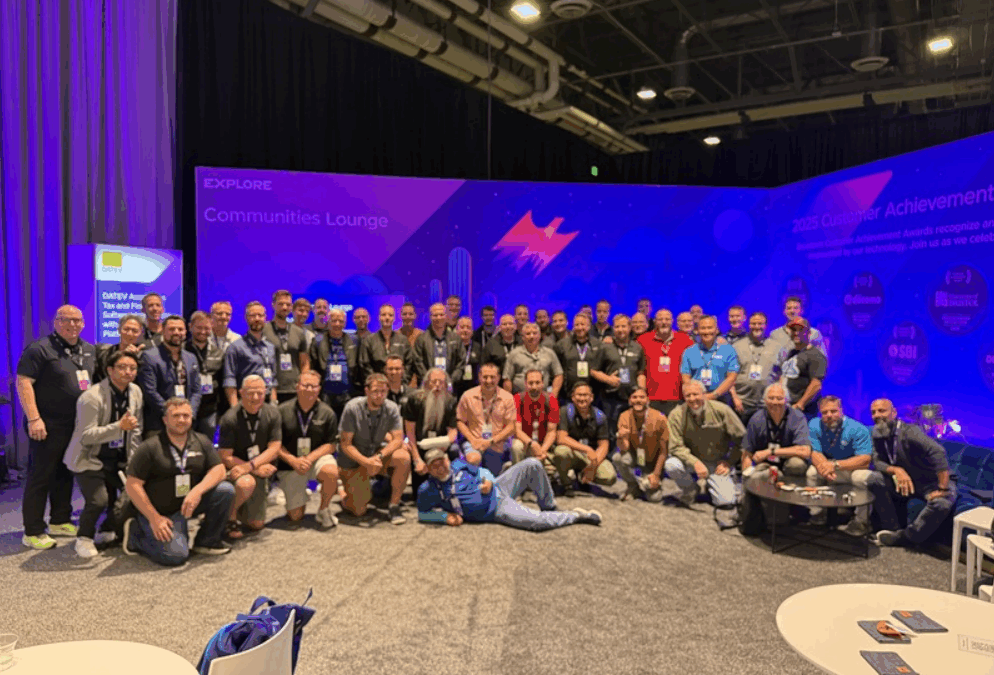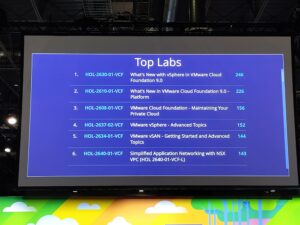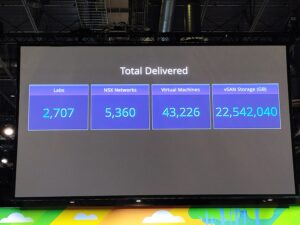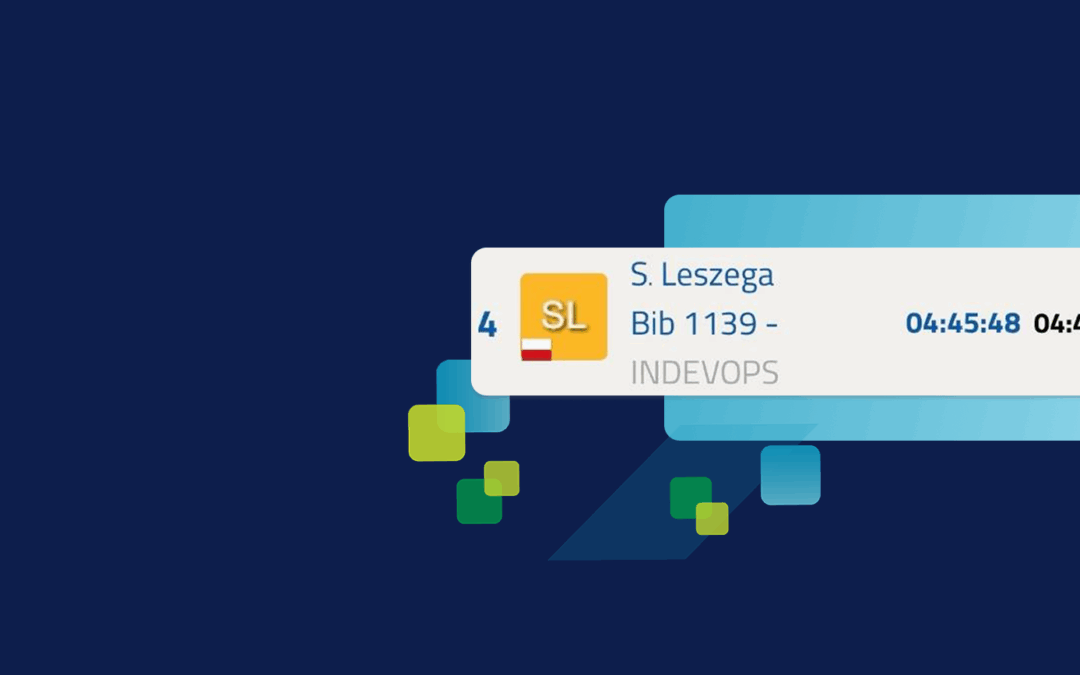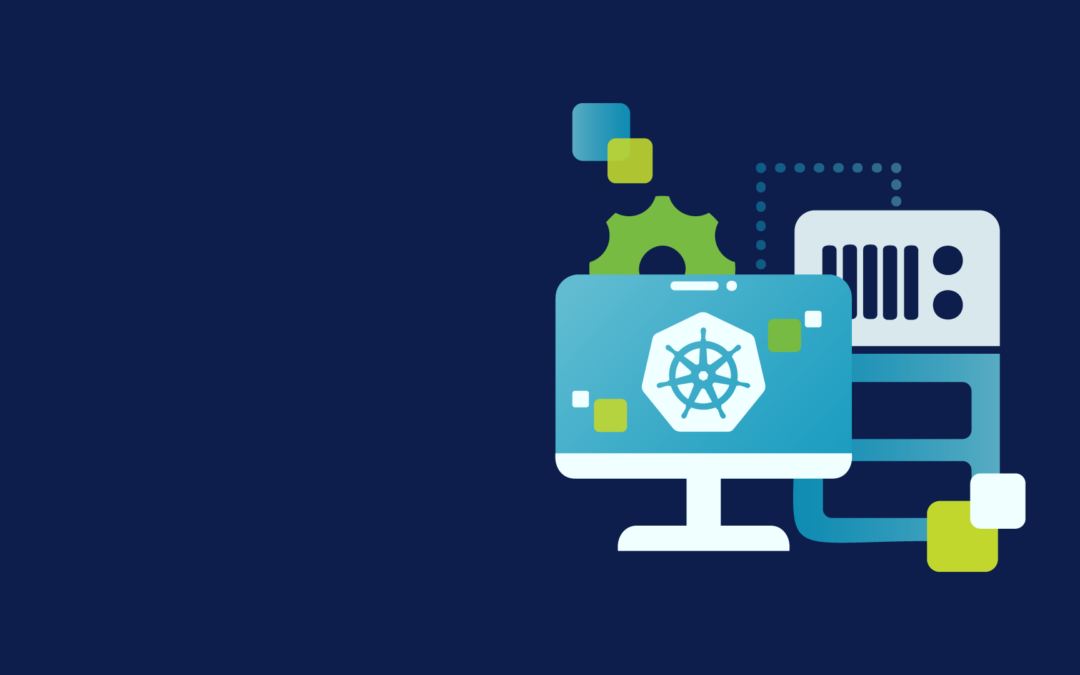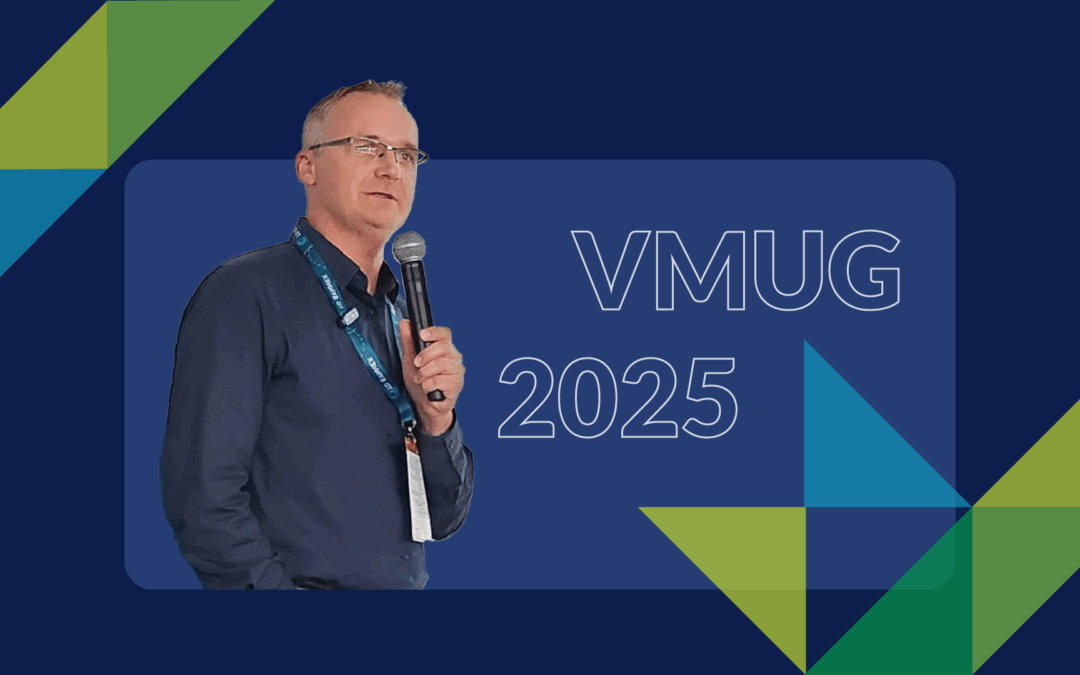
24th September 2025 VMware User Group (VMUG) Poland
Hot Updates from VMUG Poland 2025!
24 September 2025 VMware User Group (VMUG) Poland. This time, the sessions were selected in a different way than usual, i.e. participants could submit their own topic proposals and lead the sessions themselves. We were represented by Marcin Rzepa, who, as a #vExpert, tackled the topic of Agents 😊.
It was clear that each speaker had that spark in their presentation and showed a demo.
Dominik Jakubowski was the first to speak, with ‘Tanzu for the reluctant. How to get started with containers in the VMware world without a headache.’ He gave an accessible introduction to the world of microservices based on #K8S on the #vSphere Kubernetes Service platform.
The next session, our favourite 😁, was Marcin Rzepa's session.
As a vExpert, Marcin has years of experience with the largest VCF Operations/Automation implementations in Poland, which allowed him to present the problems administrators may encounter when installing and managing agents (including Telegraf and VCF for logs) and, on the other hand, what to do to solve these problems. The VCF Operations platform came to the rescue, where he showed what monitoring the status of agents on operating systems can look like, along with their installation, configuration and maintenance using dedicated software created in collaboration with Onteon Tech.
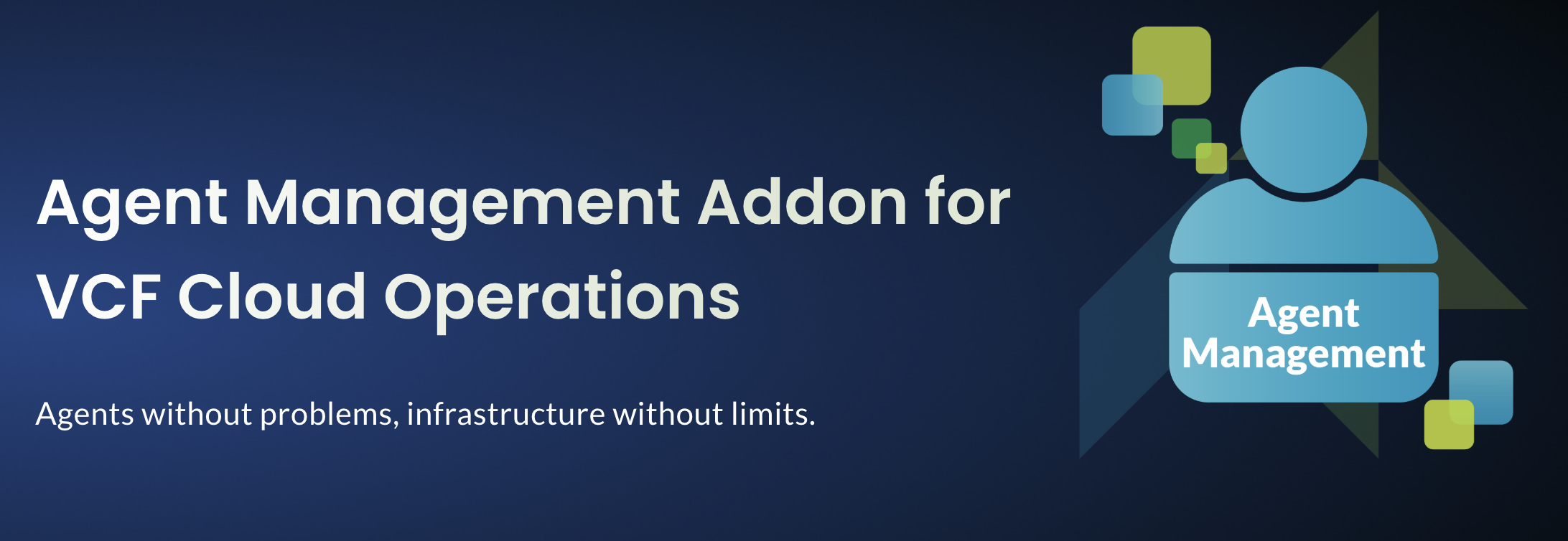
It was clear that the topic was a hot one, as Marcin received many questions from the audience and online.
After lunch, the first session was led by Paweł Wojno, ‘vSphere Supervisor [Tanzu] 9.0 – a practical guide’. Here, Paweł went into greater detail about the #VKS environment on #VVF/#VCF. The practical demo was received with enthusiasm by the audience.
After Paweł, Beata Witkowska-Szmyt made a short announcement, conveying important messages about the most significant events organised by TD SYNNEX Poland in the context of #VMware.
The last session, led by Łukasz Tworek and Andrzej Szymczak, included a demo on how to prepare #VCF9 for full operation as a private cloud, what components need to be configured and installed in VCF9. In the next steps, they showed how to use ready-made IaaS, CaaS and application services from the self-service portal. It was cool that Łukasz provided links to his blog, where everything he presented can be found.
The most open part, where the discussion flowed naturally, was the panel discussion about the latest news from VMware Explore in Vegas and London. Here, @Andrzej Szymczak talked about these new developments and we considered how to apply them in practice, while Łukasz Maciaszek shared his insights from VMware #Explore in London.
See you at the next #VMUG 🖐.
If you have any questions about Marcin’s session, please feel free to contact us.

